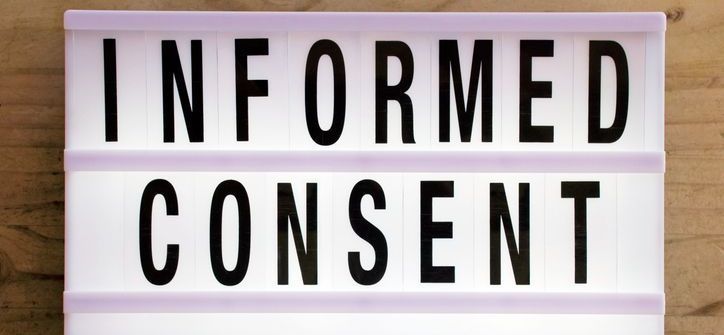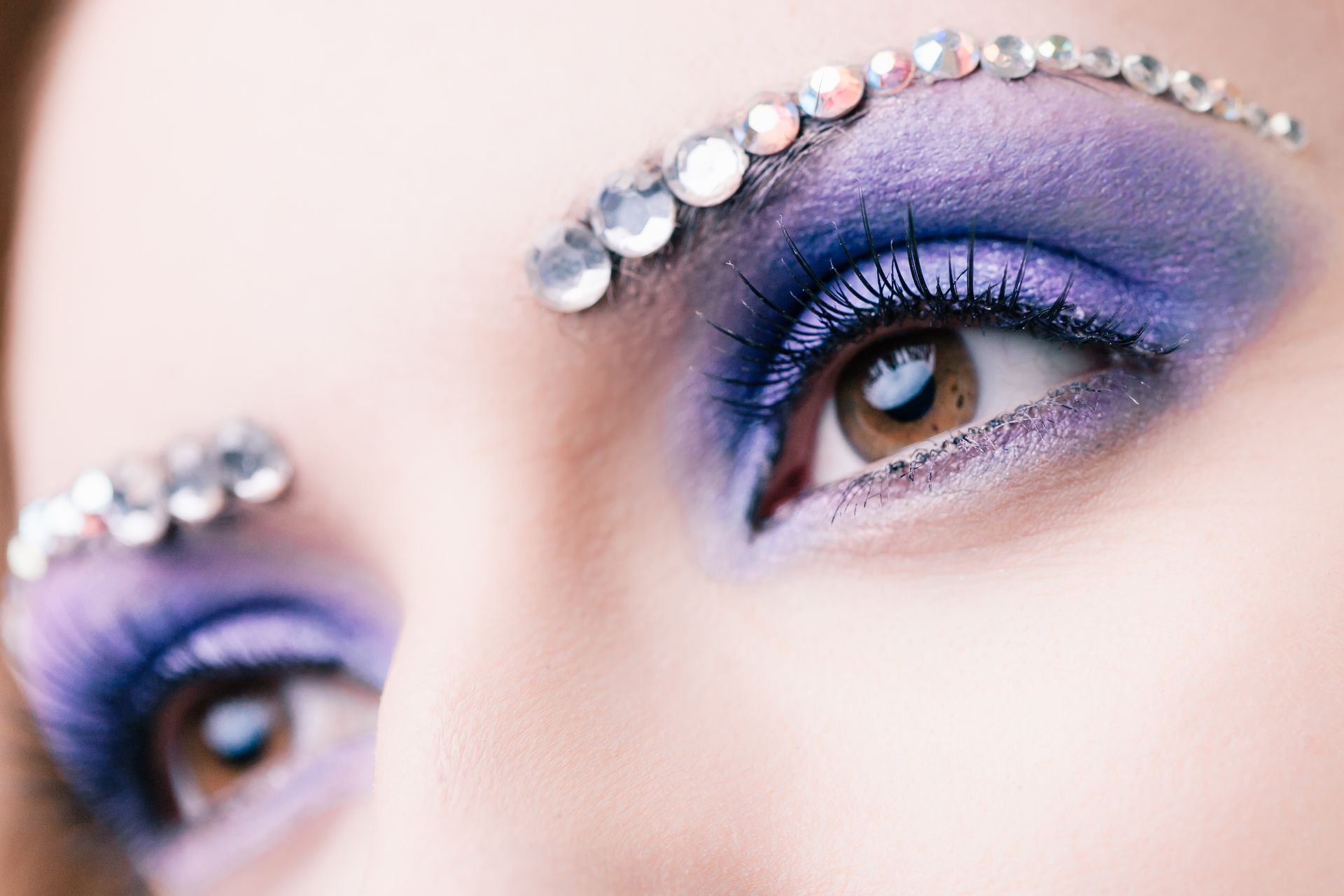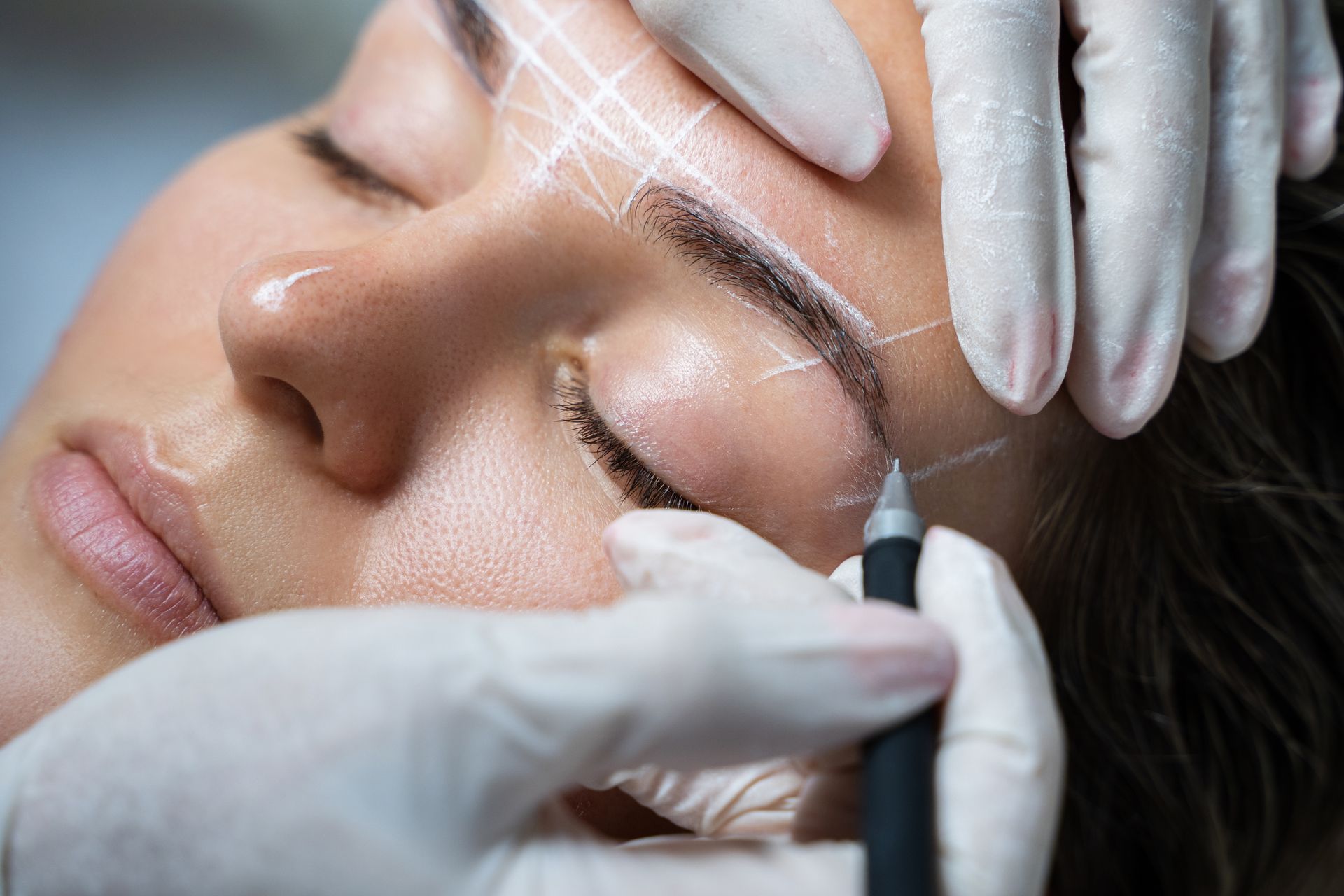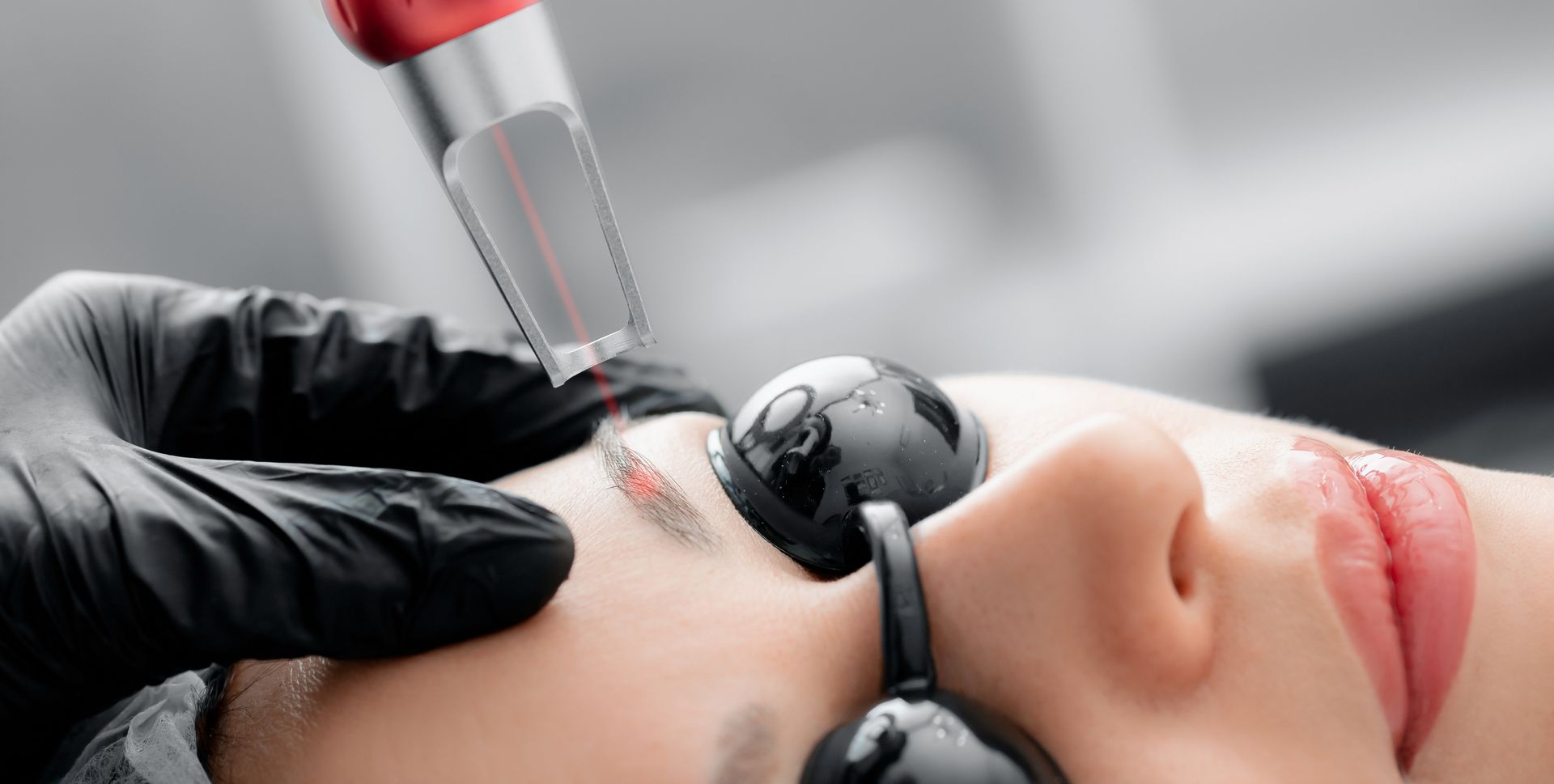Navigating Microblading Risks: Unveiling Why Microblading Consent Forms Seem So Scary
Understanding the Realities and Rare Risks of Microblading Through Informed Consent Forms

Informed consent forms, especially those related to beauty procedures like microblading, have a knack for getting your heart racing a little faster. Faced with an onslaught of complex medical terms and legal jargon, it’s no wonder they can appear a touch scary. This article aims to shed some light on why these forms can seem so daunting, all the while providing a balanced view on microblading risks.
The Essentials of Microblading
Microblading, at its core, is a cosmetic tattooing procedure that deposits pigment into your skin to give your eyebrows a fuller and more defined look. While it might sound like an ordinary trip to the spa, it is, in fact, a form of tattooing that involves needles, pigments, and the puncturing of skin. Just like any tattoo type procedure, Microblading comes with inherent risks.
The Gritty Reality of Informed Consent Forms
Informed consent forms serve a crucial role in any procedure that could affect your health or physical appearance, including microblading. They are a necessary, legal document designed to make sure you are fully aware of what you're signing up for, outlining both the benefits and risks of microblading.
Given that microblading is a form of tattooing, these risks can include possible allergic reactions, potential infections, the possibility of scarring, and variations in results due to individual skin types and healing responses. In the same breath, the form also discloses that the results are not guaranteed and that additional procedures may be necessary.
Why Can These Forms Seem So Scary?
1. Medical Jargon:
Informed consent forms often use medical language that can sound intimidating to the layperson. Words like "granulomas" (small areas of inflammation) or "keloids" (an overgrowth of scar tissue) can make the procedure seem a lot more ominous than it actually is.
2. Worst-Case Scenarios:
These forms are designed to cover every possible risk, however unlikely. Reading about all the things that could go wrong, like an allergic reaction to the pigment or an infection, can be unnerving. It's important to remember, though, that while these are rare occurrences, they are very real risks that can happen. On the flip side, it's crucial to balance this understanding with the knowledge that we face risks every day in different areas of our lives. Stringent health and safety measures are put in place to prevent such incidents in microblading procedures.
3. Legal Implications:
The legal language used in these forms is meant to protect the practitioner in case something goes wrong. This can make it seem like the risks are greater than they truly are. In reality, experienced professionals rarely encounter these issues, especially when working in a sterile environment with high-quality materials and proper aftercare.
Demystifying The Process
While the language used in informed consent forms for microblading can indeed be scary, it's important to remember the intent: to ensure your safety and provide transparency about the procedure. Make sure to discuss any concerns with your technician before signing the form. They can provide clarification, reassurances, and most importantly, show their commitment to your safety and satisfaction.
Additionally, it's vital to do your own research, find a trusted professional with good reviews and an extensive portfolio, and follow the given aftercare instructions to avoid potential risks.
Informed consent forms might give off horror movie vibes, but don't let the medical and legal jargon deter you. They're not meant to scare, but to inform and protect. So, take a deep breath, put on your reading glasses, and remember - understanding is the first step to overcoming fear. Microblading is a widely accepted procedure with many happy clients around the world. Knowledge is power, and being well-informed is the key to a successful and satisfying microblading experience.
For a really deep dive into the rare but potential risks associated with Microblading, check out our compressive guide on microblading risks.





















